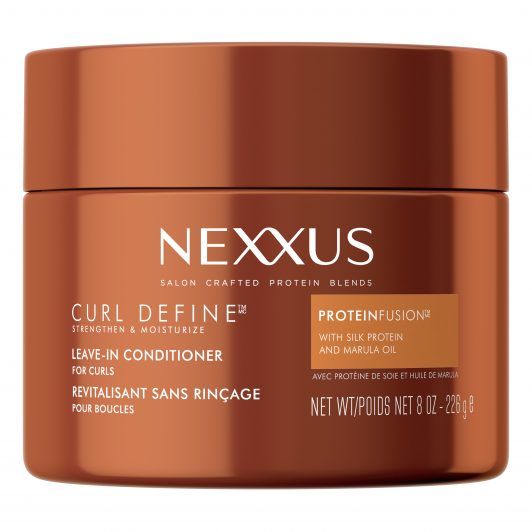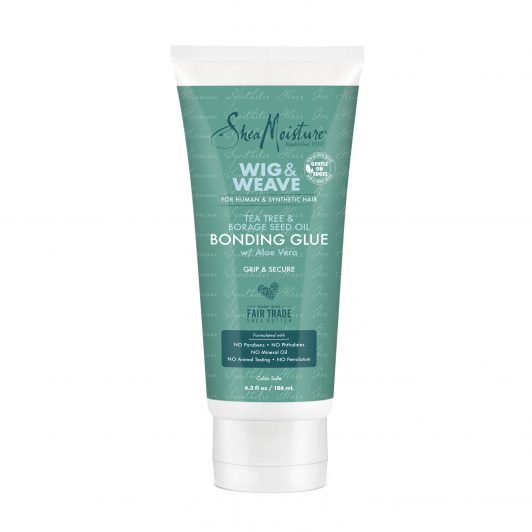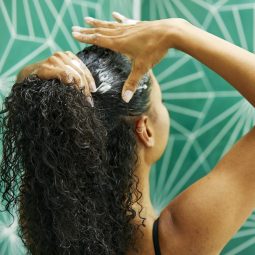
Curl Training: The Biggest Steps to Take When Healing and Nourishing Your Curls
Are you ready for your curls to thrive?
Are you struggling to retain length and maintain a healthy hair routine? Or suffering from heat damage? Don’t worry naturalistas, All Thing’s Hair has you covered. Curl training begins with having a relationship with your hair and knowing what works for you and what nourishes your curls best.
Curl training can be defined as when you use a series of methods to restore your curls, maintain their health, and protect the texture of your hair. Whether you are looking to maintain your curls or restore them, here is everything you need to know about practicing curl training on natural hair.
Learn Everything About Curl Training, and its Amazing Benefits
Here are some ways you can start Curl Training your Natural Hair:
1. Create a Strong Wash Day Routine and Stick to It

Wash your hair at least once a week. Stay consistent, and have a wash routine that works best for you while curl training. Along with this, make it a goal to deep condition at least every other wash day. Although there is a myth that you should limit washing your hair because many shampoos may strip your hair of natural oils, what many don’t mention is that the purpose of deep conditioning and leave-in shampoos is to restore moisture and oils.
This is why it is so important to implement deep conditioning as opposed to using standard shampoo and conditioner every wash day. A stellar leave-in conditioner to try while curl training natural hair is Nexxus Curl Define Daily Leave-In Moisturizer.
2. Stop Relying on Heat Protectant Alone while Curl Training

The main reason you may not see your curls pop may be to rely on a heat protectant alone to keep your hair breaking. However, that is simply not enough for natural hair in most cases. Natural hair requires high maintenance, and although heat protection is helpful, it is not a damage repellant. Practice curl training by refraining from using heat on your hair as much as you can. Although this may sound like a challenge, the results will be so rewarding! If you want to achieve a hairstyle that requires heat, try natural hair clip-ins, lace fronts, or crochet hair.
This way, you can incorporate more desired looks without damaging your hair. If you choose to wear a lace front wig or a protective hairstyle that requires glue, be sure to use an adhesive t such as SheaMoisture Wig & Weave Tea Tree & Borage Seed Oil Bonding Glue that won’t risk damaging your edges.
3. Don’t Be Afraid to Big Chop & Trim When Curl Training

It’s hard letting go of those inches, yet sometimes giving your hair a fresh start with a big chop is essential to restoring damaged curls. If the big chop is out of your comfort zone, gradually cut any dead ends off your hair week by week until you have removed them all. Afterward, remember to trim your hair every three months to continue curl training and to prevent an increase of split ends and damaged curls
4. Moisture Train Your Curls

The most essential part of curl training when you have dry, damaged curls is teaching your hair how to moisture train. Moisture training is when you get your hair to a point where it’s used to being moisturized and remaining moisturized. This often involves generously lathering your hair with moisturizing products on a day-to-day basis. One of the easiest ways to moisture rain is to do twist-outs and wash & go hairstyles often post wash day. When achieving one of these hairstyles, we recommend using SheaMoisture Manuka Honey Hydrate + Repair Whipped Curl Cream to help boost moisture.
Which curl training techniques will you be implementing first? Show us your results by tagging us on @AllThingsHair for a chance to be featured. Also, for more tips on natural hair care, subscribe to our newsletter below.




